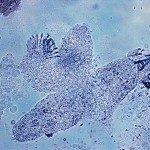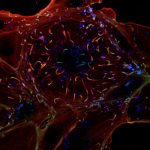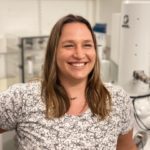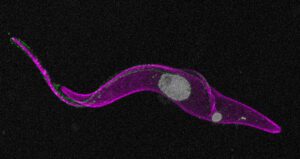Cilia and flagella are essential organelles assembled from basal bodies, centriole-like structures made of a barrel of microtubules. Construction is tightly controlled in a spatiotemporal manner, and coordinated with the cell cycle. The main question of this project is to understand how this coordinated process is regulated. We use the protist Trypanosoma brucei as a potent model organism to address this question. We have worked out the main principles of flagellum construction (1,2) and have developed various tools to image its construction, as well as to investigate function of flagella and basal body-associated genes (3,4). We recently identified a novel protein that could act as a molecular clock. The aims of the project will be (1) to define the exact localisation pattern of the novel protein using a combination of expansion microscopy, super-resolution microscopy and correlative light and electron microscopy; (2) to determine its contribution to the formation of the flagellum using various reverse genetics tools (RNAi, knockout, Crispr/Cas9) and light and electron microscope analysis.
The project is a collaboration between the Trypanosome Cell Biology Unit and the Ultrastructural BioImaging Unit of the Institut Pasteur.
Click here for more information on the Master programme.






